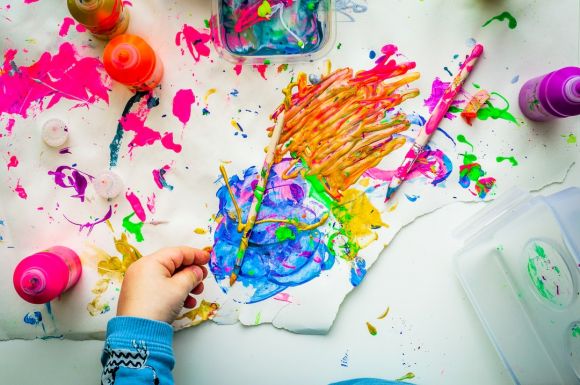Art education is often seen as a secondary subject in schools, overshadowed by core subjects like math and science. However, the importance of art education should not be underestimated. Engaging in artistic activities has numerous benefits for students, fostering creativity, critical thinking, and emotional well-being. In this article, we will explore the significance of art education in schools and why it should be given the attention it deserves.
Fostering Creativity
Art education provides a platform for students to explore their creativity. Through various artistic mediums such as painting, drawing, and sculpture, students are encouraged to think outside the box and express themselves in unique ways. This freedom of expression helps to develop their creative thinking skills, which are essential for problem-solving and innovation. By allowing students to experiment and take risks in their artwork, art education cultivates a sense of imagination and originality that can be applied to all aspects of life.
Enhancing Critical Thinking
Art education goes beyond simply creating art; it also involves analyzing and interpreting works of art. When students engage with different art forms, they are encouraged to think critically about the meaning and purpose behind each piece. This process of critical analysis helps to develop their observation skills, the ability to make connections, and to think critically about the world around them. In turn, these skills can be applied to other subjects, such as literature or history, where critical thinking is essential for understanding complex ideas.
Promoting Emotional Well-being
Art has the power to evoke emotions and provide an outlet for self-expression. In schools, where students may face various challenges and pressures, art education can serve as a therapeutic tool for emotional well-being. Through art, students can express their thoughts, feelings, and experiences in a safe and non-judgmental environment. This form of self-expression can help students develop a better understanding of themselves and their emotions, leading to improved mental health and overall well-being.
Cultivating Cultural Awareness
Art is a universal language that transcends cultural barriers. By exposing students to different art forms from various cultures, art education helps to cultivate cultural awareness and appreciation. Through the study of art history, students gain insights into different societies, their values, and their artistic traditions. This exposure to diverse cultures fosters empathy, tolerance, and a broader perspective on the world. Moreover, it helps students develop a sense of cultural identity and pride in their own heritage.
Nurturing Collaboration and Communication Skills
Art education provides opportunities for students to collaborate and communicate with their peers. Group projects and critiques encourage students to work together, share ideas, and provide constructive feedback. These collaborative experiences help students develop essential interpersonal skills such as teamwork, effective communication, and conflict resolution. These skills are not only valuable in the art world but also in various professional settings where collaboration and effective communication are highly valued.
In conclusion, art education plays a crucial role in schools by fostering creativity, enhancing critical thinking, promoting emotional well-being, cultivating cultural awareness, and nurturing collaboration and communication skills. By recognizing the importance of art education, schools can provide students with a well-rounded education that prepares them for success in all areas of life. It is time to give art the attention it deserves in our schools and ensure that every student has the opportunity to engage in artistic activities.
